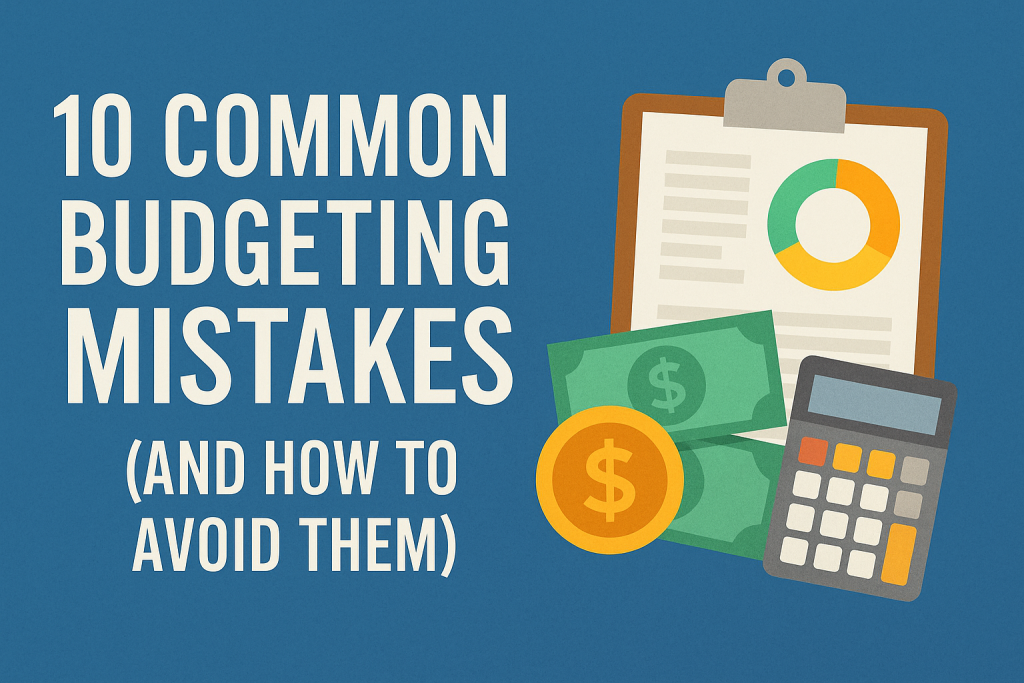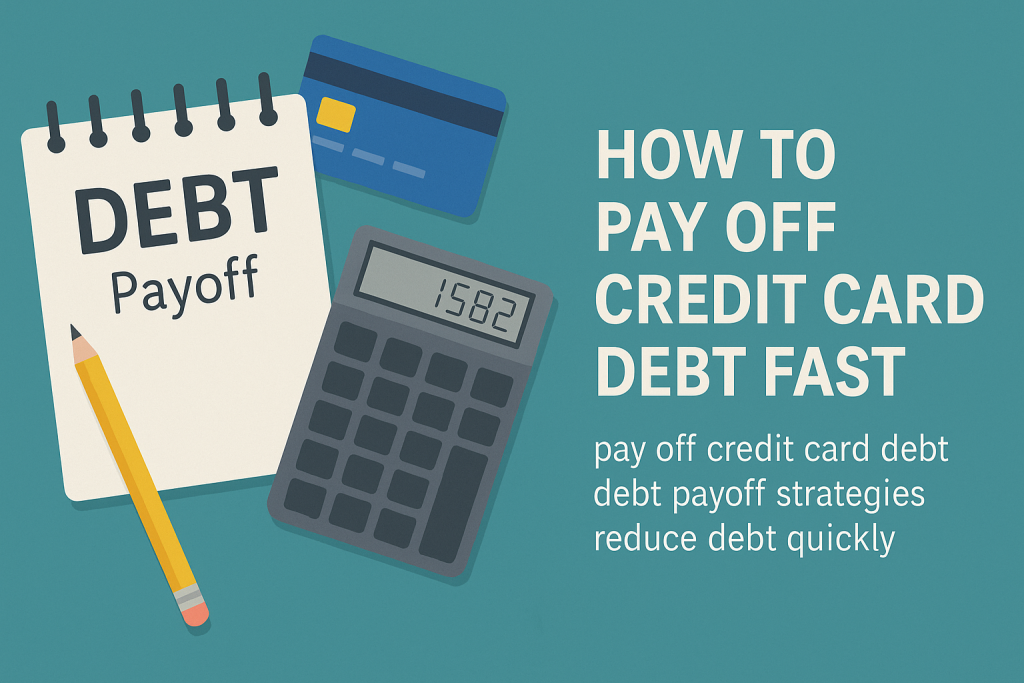Budgeting is a fundamental part of personal finance, yet many people find it overwhelming. The good news is, creating a simple budget that actually works is easier than you might think. In this budgeting guide, you’ll learn how to design a practical, effective budget that fits your lifestyle and helps you achieve your financial goals.
Why Budgeting Matters
Having a budget isn’t just about tracking expenses—it’s about taking control of your money and making it work for you. A well-planned budget helps you understand where your money goes, prevents overspending, and ensures you’re saving for the future. Whether you’re looking to pay off debt, build an emergency fund, or save for a big purchase, budgeting is the foundation of financial success.
Step-by-Step Guide to Creating a Budget
1. Track Your Income and Expenses
The first step in budget planning is understanding your income and expenses. Make a list of all sources of income, such as your salary, side hustles, or any other income streams. Then, track your expenses for at least a month. Include fixed expenses like rent, utilities, and subscriptions, as well as variable expenses like groceries, entertainment, and dining out.
2. Categorize Your Spending
Once you’ve tracked your expenses, group them into categories. Common budget categories include housing, transportation, food, savings, debt payments, and discretionary spending. This step makes it easier to see where your money is going and where you might be overspending.
3. Set Realistic Financial Goals
Budgeting isn’t just about cutting costs—it’s about aligning your spending with your goals. Ask yourself: What do you want to achieve financially? Are you saving for a vacation, paying down credit card debt, or building an emergency fund? Setting clear goals helps you stay motivated and focused on your budgeting journey.
4. Use the 50/30/20 Rule as a Starting Point
The 50/30/20 rule is a simple budgeting guide that can help you allocate your income effectively:
- 50% for Needs: Housing, utilities, groceries, insurance
- 30% for Wants: Dining out, entertainment, hobbies
- 20% for Savings and Debt Repayment: Emergency fund, retirement, paying off loans
This formula provides a flexible framework, but you can adjust it based on your situation and priorities.
5. Build in Flexibility
No budget is perfect. Life happens, and your budget should be flexible enough to adapt. Review your budget regularly—ideally every month—to see what’s working and what’s not. Adjust your categories and spending limits as needed. Remember, the goal is progress, not perfection.
Tips for Sticking to Your Budget
Use Budgeting Tools and Apps
Consider using budgeting apps like Mint, YNAB (You Need a Budget), or spreadsheets to make tracking easier. These tools can provide insights, automate expense tracking, and help you stay on target with your financial goals.
Make Budgeting a Habit
Consistency is key. Set a reminder to check your budget weekly, and review your progress at the end of each month. Celebrate small wins, like paying off a credit card or staying within your grocery budget. Building strong financial habits takes time, but every step counts.
Stay Motivated by Reviewing Your Goals
Whenever you feel discouraged, remind yourself why you’re budgeting. Whether it’s achieving financial freedom, buying your dream home, or retiring early, keeping your goals in mind will help you stay focused and motivated.
Final Thoughts
Creating a simple budget that works is not about restricting your life—it’s about empowering yourself with a plan. By following this budgeting guide, you’ll build strong financial habits that lead to long-term success. Start small, stay consistent, and remember: budgeting is the foundation of smart personal finance.


